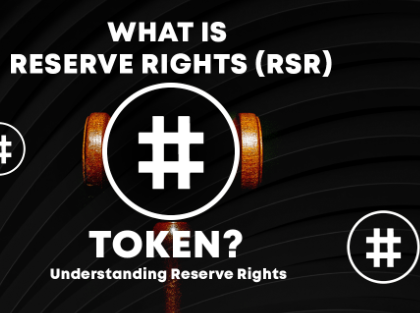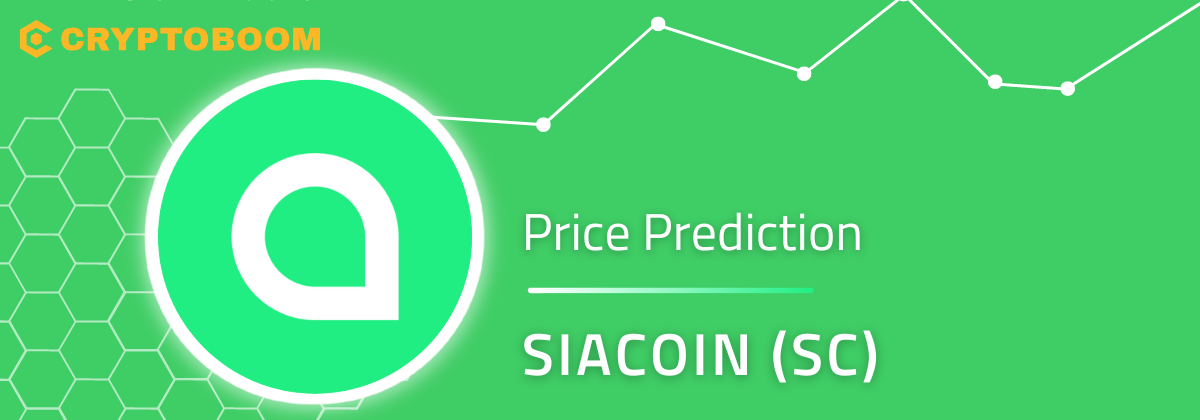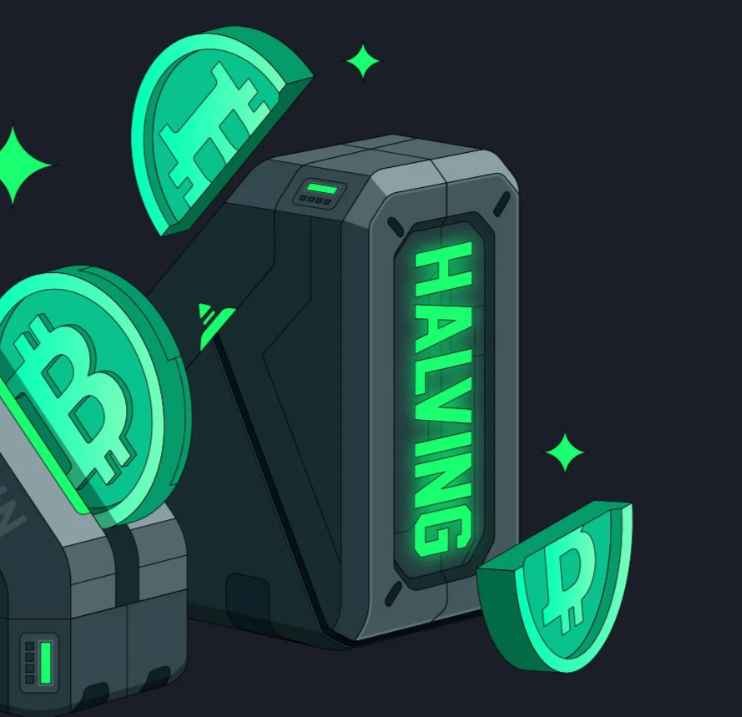What is RSK Infrastructure Framework (RIF)?
RIF (Rootstock Infrastructure Framework) is a third layer built on Bitcoin that offers various blockchain-based services, including payments, storage, and domaining (RNS).
It is a decentralized, open-source framework designed to make creating readily available DeFi products easier.
It provides a toolset of interfaces and protocols to hasten the development of goods and services while meeting the financial needs of users.
The platform’s native currency, RIF, which is utilized to benefit the ecosystem, powers it. Any services created using a RIF token that the holder may find helpful may be used.
They can also contribute to the network by offering resources that could be used to create an open, global economy.
Who are the Founders of RSK Infrastructure Framework?
Sergio Demian Lerner founded the RSK Infrastructure Framework, which was introduced in 2015.
He graduated from UBA in Argentina with a degree in computer science and has a wealth of experience in real-time medical system development, data collecting, digital signal analysis, and algorithm creation.
What Makes RSK Infrastructure Framework Unique?
The RIF toolkit comprises interfaces and protocols that hasten the development of goods and services meeting regular financial demands.
The network transactions are safe and produce the best outcome possible.
Consequently, RIF is used by industry leaders to create practical, inexpensive, and scalable decentralized solutions on the blockchain.
Token owners can use RIF-powered services and profit from the ecosystem’s expansion. They can also take part in the platform’s governance.
How Many RIF is in Circulation?
There are 960,040,002 RIF coins in circulation, and the maximum supply is unknown.
RIF price Predictions by year 3035
| Year | Maximum Price (USD) | Average Price (USD) | Minimum Price (USD) |
|---|---|---|---|
| 2024 | $0.8 | $0.6 | $0.3 |
| 2025 | $1.5 | $1.0 | $0.9 |
| 2030 | $2.0 | $1.8 | $1.0 |
| 2035 | $3.0 | $2.5 | $2.0 |
Read more: https://cryptoboom.com/aelf-elf-price-prediction-2024-2025-2030-2035-2040-is-elf-worth-holding/
2024
Max Price: $0.8
Average Price: $0.6
Min Price: $0.3
Detailed Prediction:
In 2024, RSK Infrastructure Framework (RIF) could see continued growth, driven by increased adoption of decentralized applications (dApps) and smart contracts. The interoperability features of RIF, allowing seamless integration with other blockchain platforms like Bitcoin, could attract more developers and users to the ecosystem. Additionally, partnerships with prominent projects or enterprises could further boost confidence in RIF’s utility and drive up its price. However, market volatility and regulatory uncertainties may still pose challenges, leading to fluctuations in price throughout the year.
Factors Influencing Price:
- Adoption of dApps: Increased usage of decentralized applications built on the RIF platform can drive demand for RIF tokens, positively impacting its price.
- Interoperability: RIF’s compatibility with Bitcoin and other blockchain networks enhances its utility and attractiveness, potentially driving up demand.
- Partnerships: Strategic partnerships with key players in the blockchain industry or traditional sectors can enhance RIF’s credibility and lead to price appreciation.
- Market Sentiment: Market sentiment towards cryptocurrencies and blockchain projects can influence RIF’s price, with positive sentiments driving upward movement.
- Regulatory Developments: Regulatory clarity or uncertainty regarding blockchain technology and cryptocurrencies can affect investor confidence and consequently impact RIF’s price.
2025
Max Price: $1.5
Average Price: $1.0
Min Price: $0.9
Detailed Prediction:
By 2025, RIF may experience accelerated growth as blockchain technology becomes more mainstream and integrated into various industries. The expansion of decentralized finance (DeFi) and the emergence of new use cases for smart contracts could drive demand for RIF tokens. Moreover, advancements in RIF’s infrastructure and ecosystem, along with potential improvements in scalability and security, could attract more developers and users. However, increased competition from other blockchain platforms and regulatory challenges could still pose risks to RIF’s price stability.
Factors Influencing Price:
- DeFi Expansion: The growth of decentralized finance could create more opportunities for RIF’s utilization, contributing to its price appreciation.
- Ecosystem Development: Continuous improvements in RIF’s infrastructure, tools, and developer support can enhance its value proposition, attracting more users and investors.
- Competition: Competition from other blockchain platforms offering similar solutions could impact RIF’s market share and price competitiveness.
- Regulatory Environment: Regulatory developments, both favorable and unfavorable, can significantly influence investor sentiment and the overall cryptocurrency market, affecting RIF’s price trajectory.
- Market Adoption: Increasing awareness and adoption of blockchain technology globally could drive demand for RIF tokens as more individuals and businesses seek decentralized solutions.
2030
Max Price: $2.0
Average Price: $1.8
Min Price: $1.0
Detailed Prediction:
By 2030, RIF could have established itself as a foundational infrastructure for the decentralized web, powering a wide range of applications across various sectors. The maturity of the ecosystem, coupled with widespread adoption of blockchain technology, could drive significant demand for RIF tokens. Improved scalability, interoperability, and security features could further solidify RIF’s position in the market. However, regulatory challenges and technological disruptions could still impact price volatility, albeit to a lesser extent compared to earlier years.
Factors Influencing Price:
- Market Adoption: Continued expansion of blockchain technology into traditional industries could drive sustained demand for RIF tokens, supporting price growth.
- Technological Advancements: Ongoing improvements in RIF’s infrastructure, such as scalability enhancements and cross-chain compatibility, can enhance its utility and attractiveness to developers and users.
- Regulatory Stability: Regulatory clarity and favorable frameworks for blockchain and cryptocurrencies can instill confidence in investors and mitigate price volatility.
- Global Economic Conditions: Macroeconomic factors, such as inflation, geopolitical events, and monetary policies, can influence investor sentiment and indirectly impact the cryptocurrency market, including RIF’s price.
- Security and Privacy: Heightened focus on security and privacy features within blockchain networks can increase demand for RIF tokens, especially if it maintains a reputation for robust security protocols.
2035
Max Price: $3.0
Average Price: $2.5
Min Price: $2.0
Detailed Prediction:
By 2035, RIF could be deeply integrated into the fabric of the decentralized internet, powering critical infrastructure and services across a multitude of sectors. The maturation of the ecosystem, coupled with sustained adoption and innovation, could drive significant appreciation in RIF’s price. As blockchain technology becomes more ubiquitous, RIF may evolve into a foundational layer of the digital economy, supporting a wide range of applications and transactions. However, continued regulatory scrutiny and technological disruptions could still pose challenges to price stability.
Factors Influencing Price:
- Ecosystem Growth: Continued expansion and maturation of the RIF ecosystem, fueled by developer activity and user adoption, can drive sustained demand for RIF tokens.
- Integration with Traditional Systems: Increased integration of blockchain technology into traditional systems and processes could broaden RIF’s utility and drive up demand.
- Innovation and Scalability: Ongoing innovation in blockchain scalability solutions and infrastructure improvements could enhance RIF’s scalability and attractiveness to users and developers.
- Regulatory Environment: Regulatory developments, including clarity on legal frameworks and compliance requirements, can significantly impact investor confidence and influence RIF’s price trajectory.
- Global Economic Trends: Macroeconomic factors, such as economic growth, inflation rates, and geopolitical events, can indirectly influence cryptocurrency markets, including RIF’s price, through their impact on investor sentiment and risk appetite.
Read more: https://cryptoboom.com/mx-token-mx-price-prediction-2024-2025-2030-2035-2040-is-mx-worth-holding/
How is the RSK Infrastructure Framework Network Secure?
The first open-source smart contract platform protected by the Bitcoin Network is Rootstock Infrastructure Framework, and it is the first and currently most secure blockchain is Bitcoin, which was created in 2009.
The Rootstock blockchain is protected by merge mining, which enables Rootstock to match Bitcoin’s security by preventing double spending and ensuring settlement finality.
Without sacrificing decentralization, Rootstock can scale up to 100 transactions per second.
Instant payments enable novel use cases, like microcredits and retail-ready shop purchases.
On top of the sturdy foundation that Rootstock Smart Contract Network has constructed, RIF Labs established RIF OS Protocols.
How can Crypto Investors Use RSK Infrastructure Framework (RIF)?
Developers introduced the RSK infrastructure framework to speed up Bitcoin transactions and offer smart contracts.
Investors can use the RIF utility token to fund data storage and purchase a custom Bitcoin wallet address.
Where to Buy RIF?
Binance, BingX, KuCoin, SuperEx, and Gate.io are the leading cryptocurrency exchanges for trading RSK Infrastructure Framework.
FAQs
- How do RSK and Ethereum vary from one another?
Ethereum gives the block’s miner the full block reward. Based on a shared miners’ account that accumulates rewards, RSK evenly distributes the benefits over time to all miners.
- Is RSK a decentralized system?
RSK’s blockchain is highly decentralized, and RSK is merge-mined with Bitcoin and has the second highest hash power after Bitcoin.
Conclusion
In conclusion, RSK Infrastructure Framework (RIF) represents a compelling investment opportunity in the cryptocurrency market, with its focus on security, accessibility, and innovation. While price predictions provide valuable insights, investors should approach cryptocurrency investments with caution, acknowledging the inherent volatility and uncertainty of the market. By staying informed and adopting a long-term perspective, investors can assess the potential of RSK Infrastructure Framework (RIF) and make informed decisions regarding its inclusion in their investment portfolios.













